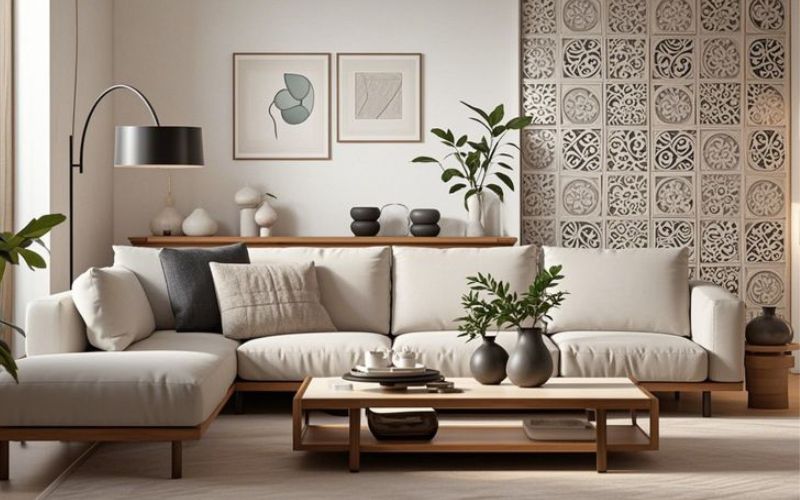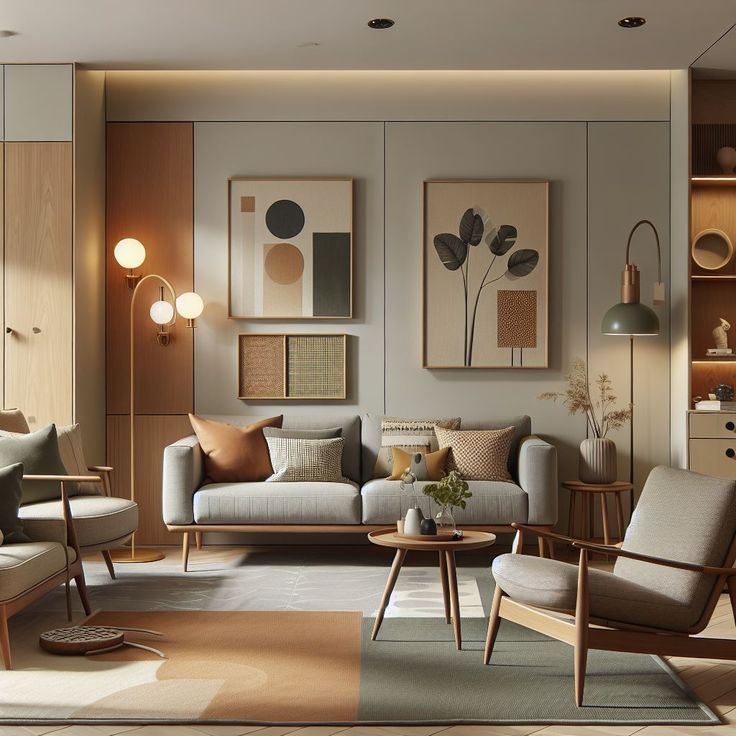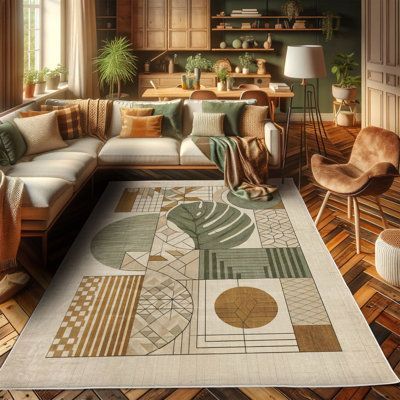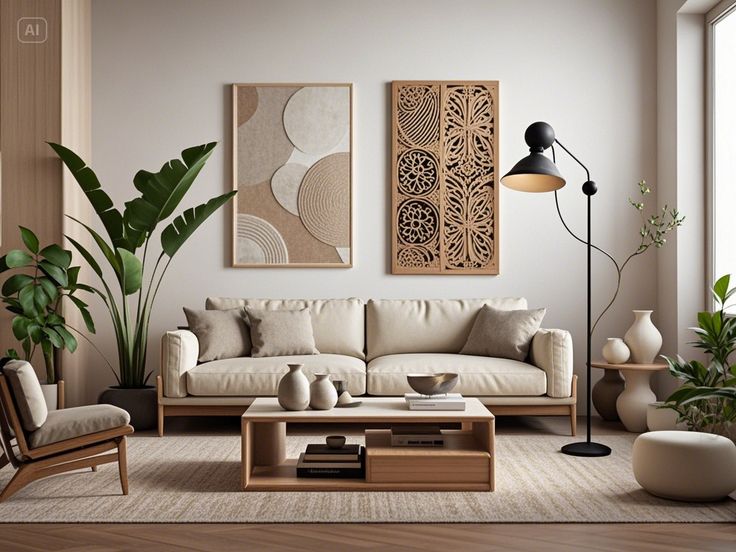
When it comes to decorating your home, nothing personalizes a space quite like art. But for many people, choosing art for home can feel overwhelming. What style should you go for? How big should the piece be? Where should you hang it?
If you’re feeling stuck or unsure, you’re not alone. That’s why we’ve created this beginner-friendly guide to help you choose the right art for every room in your home—without the guesswork. Whether you’re into bold statements or subtle touches, these tips will help you bring your walls to life.
Let’s dive in.
Why Art Matters in Interior Design
Art does more than fill empty wall space. It brings emotion, color, and character to your home. The right piece can completely transform the energy of a room, anchor your décor, and even start conversations.
Think of art as the final layer—it’s what gives your interior its soul.

Step 1: Understand Your Personal Style
Before you even start browsing, spend a little time understanding what you actually like. Are you drawn to bold colors? Do you prefer minimalistic black-and-white prints? Are landscapes calming to you?
Walk through your home and take stock of your current décor. Your furniture, rugs, and even your color palette can give clues about what kind of art will naturally fit.
Ask yourself:
- What feelings do I want this room to evoke?
- Am I a fan of abstract, modern, traditional, or nature-inspired pieces?
- Do I like symmetry, or am I okay with a more eclectic mix?
Once you have an idea of your aesthetic, choosing art for home becomes way easier.
Step 2: Match Art with Room Function
Living Room
The living room is a great place to go bold. Choose a statement piece or create a gallery wall to reflect your personality.
- Try large canvas art above the sofa
- Consider gallery wall ideas with mixed frames and sizes
- Use color to complement your cushions or rugs
Bedroom
This is your sanctuary, so keep the art calming and cohesive. Soft tones, abstract pieces, or minimal photography work great.
- Hang art above your bed or dresser
- Stick to 2–3 pieces for a serene feel
- Avoid anything too busy or overly energetic
Kitchen and Dining
Yes, even kitchens deserve art! Think playful, foodie, or rustic themes. In the dining area, go for pieces that spark conversation.
- Use small framed prints on open shelves
- Hang a bold piece on an empty wall near the dining table
- Keep frames simple for easy cleaning
Hallways and Entryways
These spaces are often overlooked but can become mini galleries.
- Create a vertical series of prints in narrow hallways
- Use mirrors with art to create depth
- Go bold in entryways to make a strong first impression
Need more inspiration? Check out our full Decor Wall Ideas guide.

Step 3: Nail the Art Placement
Great art deserves the right placement. Here are a few art placement rules to help you get it right:
Height Matters
Hang your art at eye level—roughly 145 cm from the floor to the center of the piece. If it’s going above furniture like a sofa or console table, the bottom of the frame should sit 15–20 cm above the furniture.
Size Proportion
Your art should be proportional to the wall or furniture it’s above.
- Large walls = large art or multiple pieces
- Over a couch or bed? Your art should be 60–75% of the furniture’s width
Grouping
Creating a gallery wall? Lay it out on the floor first. Keep spacing even (5–8 cm between frames), and try to keep the center of the arrangement at eye level.
Step 4: Frame It Right
The right frame can make all the difference. Match your frames to the room’s style, or mix things up for a more eclectic look.
- Use black or white frames for a modern feel
- Try wood tones for warmth and rustic vibes
- Metallics add glam and shine
For gallery walls, mixing frames can work beautifully—just keep a common theme (color palette, subject matter, or layout) to tie it together.
Step 5: Use Art to Create a Mood
Here’s where the wall art tips really come in: Art can create mood and focus in a space. Want to make a room feel cozy? Go for warm tones and soft lines. Want to add drama? Pick high-contrast, bold pieces.
Use these quick mood associations:
- Cool tones + minimalist lines = calm and relaxing
- Warm colors + textured art = welcoming and cozy
- Black and white photography = modern and sleek
- Nature scenes = peaceful and grounding

Step 6: Think Beyond Traditional Art
Art doesn’t have to mean paintings or prints. Sculptures, textiles, metalwork, and even framed personal items like letters or maps can serve as beautiful alternatives.
Other creative ideas:
- Wall-mounted baskets
- Tapestries or fabric panels
- Framed travel photos or postcards
- Oversized clocks or statement mirrors
Mixing mediums adds visual interest and makes your home feel uniquely you.
Final Thoughts: Art That Grows With You
The best part about choosing art for home is that it doesn’t have to be perfect or permanent. Your style will evolve, and your art can evolve with it. Start with one piece you love and build your collection over time.
Remember, art isn’t just about decoration—it’s about telling your story.
At Sierra Contracting, we help clients across Dubai create interiors that reflect their personality, style, and lifestyle. Whether you’re building a gallery wall, searching for that perfect statement piece, or redesigning an entire space, we’re here to help you design a home you love.
Want to learn more about wall art and design ideas?
👉 Explore our guide to Wall Decor Ideas




